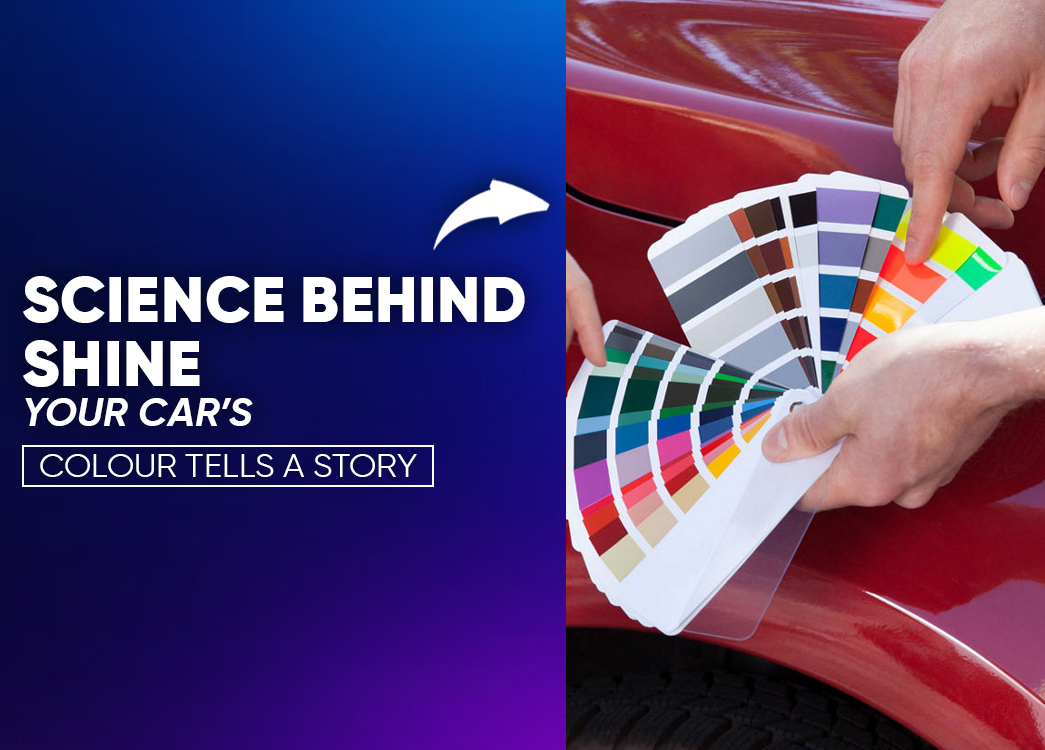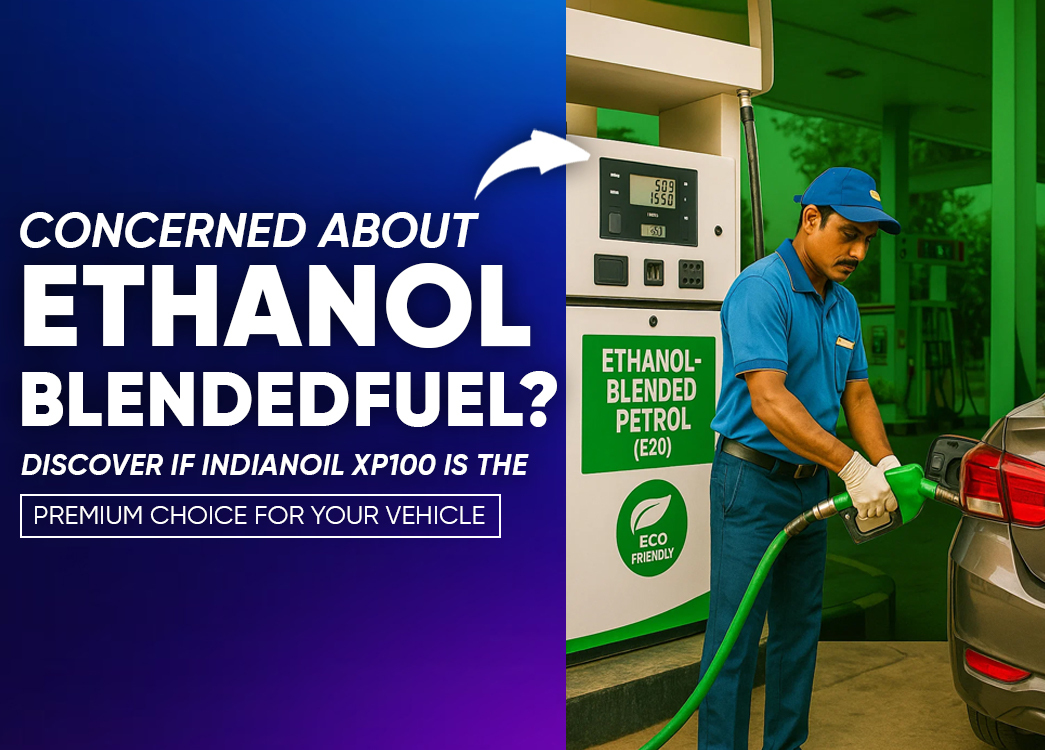
By creckk On 25-07-2025 at 10:54 am
Decoding the Science of Car Colors: Influence on Aesthetics, Performance, and Safety
You’ve chosen your dream car and selected the perfect variant. Now, the final decision lies in one of the most personal aspects: its color. While the color of a car may seem like just an aesthetic choice, there’s more to it than meets the eye. From psychological effects and physics to safety and resale value, car colors are tied to many deeper factors. In this blog, we explore the science behind car colors, their impact on our daily driving experience, and how they reflect broader trends in the automotive industry.
1. The Science Behind Car Colors: Physics at Play
Car colors are not just about looks; they also interact with light and heat. Light shades, such as white, silver, and beige, are known to reflect sunlight effectively. This helps in keeping the car cooler, especially in hot climates. In contrast, darker colors, like black and navy blue, absorb more sunlight, making the car’s surface heat up faster, and increasing the interior temperature. This can make the car uncomfortable during hot weather and could lead to higher air conditioning usage.
In places like Rajasthan or other hot regions, light-colored cars work best because they keep the interior cooler. Additionally, UV rays cause car paint to fade over time, a process known as photodegradation. Bright colors such as red or blue fade faster than softer shades like white, grey, or silver, which tend to retain their color much longer.
2. The Psychology Behind Car Colors: Personality in a Shade
Your car color can say a lot about you. It’s often seen as an extension of your personality, reflecting your style, energy, and mood.
- White symbolizes cleanliness, simplicity, and freshness, which explains its popularity in India. It’s also a perfect fit for hot climates due to its reflective properties.
- Silver and grey evoke sophistication, calmness, and a professional aura, making them popular in urban settings.
- Red and orange convey passion, excitement, and energy. These colors are often chosen by younger buyers or those seeking something bold and sporty.
- Blue suggests trust, calm, and steadiness, making it a favorite among individuals who prioritize reliability.
- Black, on the other hand, stands for power, strength, and bold charm, often chosen by those looking for a timeless, sleek style.
Each color carries a subtle psychological message, influencing not just how the car looks, but how others perceive you.
3. Car Colors and Safety: Visibility Matters
Did you know that the color of your car affects its visibility and, therefore, your safety on the road? Light-colored cars such as white, silver, and yellow are much easier to spot, especially in low light conditions or poor weather. This makes them less prone to accidents. Research has shown that black cars are particularly vulnerable, as they’re harder to see at night or during dawn and dusk. Studies indicate that black cars are involved in 12% more accidents than white cars, and this number jumps to 47% during dawn or dusk.
In fact, dark-colored cars are also more likely to blend in with their surroundings, making them harder to notice on busy roads. This could be a significant factor in preventing accidents and choosing a safer car color.
4. Car Colors and Climate: Keeping Your Car Cool or Warm
Car color plays a crucial role in how your vehicle behaves in different climates. In hot climates, lighter colors such as white, silver, and beige are beneficial. They reflect sunlight, keeping the car cooler and reducing the need for air conditioning, which can save fuel. On the flip side, dark colors like black and navy absorb heat, making the car warmer inside, especially in hot climates.
In contrast, during colder months or in cooler climates, dark-colored cars can warm up faster under the sun, reducing the need for heating and conserving fuel. Modern paints with heat-blocking capabilities have also improved the performance of darker-colored cars by reducing heat absorption.
5. The Resale Value of Car Colors: Choosing Smart for the Future
Your car’s color can influence its resale value significantly. In India, white, silver, and grey are among the most popular car colors due to their universal appeal and practicality. These colors are versatile, easy to maintain, and have a higher demand in the resale market, ensuring a better resale price.
Bright colors like red, blue, and orange may look fun and exciting, but they may not hold their value as well as neutral tones. These bold colors appeal to a specific audience but could reduce the number of potential buyers when it comes time to sell, potentially leading to a lower resale value.
6. Popular Car Colors Around the World
Globally, white is the most popular car color, making up around 35% of car sales. Silver and grey follow closely behind due to their modern appeal and ability to hide dirt and imperfections better than darker shades. These colors also remain popular in countries like India, where white offers the perfect balance of practicality and style in hot climates.
In India, white is the leading choice, largely due to its cooling properties. Silver and grey are also favored by city dwellers for their sleek and practical nature. Bright colors, however, like red and yellow, still make an appearance, especially among younger buyers or those wanting a sporty, attention-grabbing vehicle.
7. Choosing the Right Car Color: Key Considerations
When choosing the right color for your car, consider the following factors:
- Lifestyle & Personality: Your car color often reflects your lifestyle. Subtle tones like grey or silver suggest sophistication, while bright shades like red or orange can signal boldness and fun.
- Climate Suitability: The climate where you live should influence your choice. Light colors like white are best for hot climates, while dark colors are ideal for cooler regions.
- Maintenance: Lighter colors like white and silver are easier to maintain as they hide dirt and scratches better. Darker colors, on the other hand, require more frequent cleaning and care.
- Resale Value: Neutral colors like white, grey, and silver tend to retain their value better over time due to their widespread appeal.
FAQs
Does car color affect fuel use?
Yes, light car colors reflect more sunlight, keeping the car cooler and reducing the need for air conditioning, which saves fuel.
Which car colors are safest?
Colors like white, silver, and yellow are safer because they are easier to spot on the road, reducing the risk of accidents.
Do car colors affect resale value?
Yes, neutral colors like white, grey, and silver typically retain their value better because they appeal to a wider audience.
What car color is best for hot places?
Light colors like white, silver, and beige are ideal for hot climates as they reflect sunlight and keep the car cooler.
How does car color relate to personality?
Car color often reflects the owner’s personality. For example, red can signify boldness, while grey or silver suggests a calm, professional demeanor.
Conclusion
Choosing the right car color is about more than just aesthetics. It’s an important decision that can affect your safety, energy consumption, resale value, and even your mood while driving. From the science of light reflection to the psychological impact of color, the color of your car influences how you experience your vehicle in a variety of ways.
Whether you opt for a sleek black, a bright red, or a cool silver, make sure your choice reflects both your style and practical needs. Understanding the science behind car colors can help you make a decision that goes beyond looks and fits your driving experience.
Related posts









